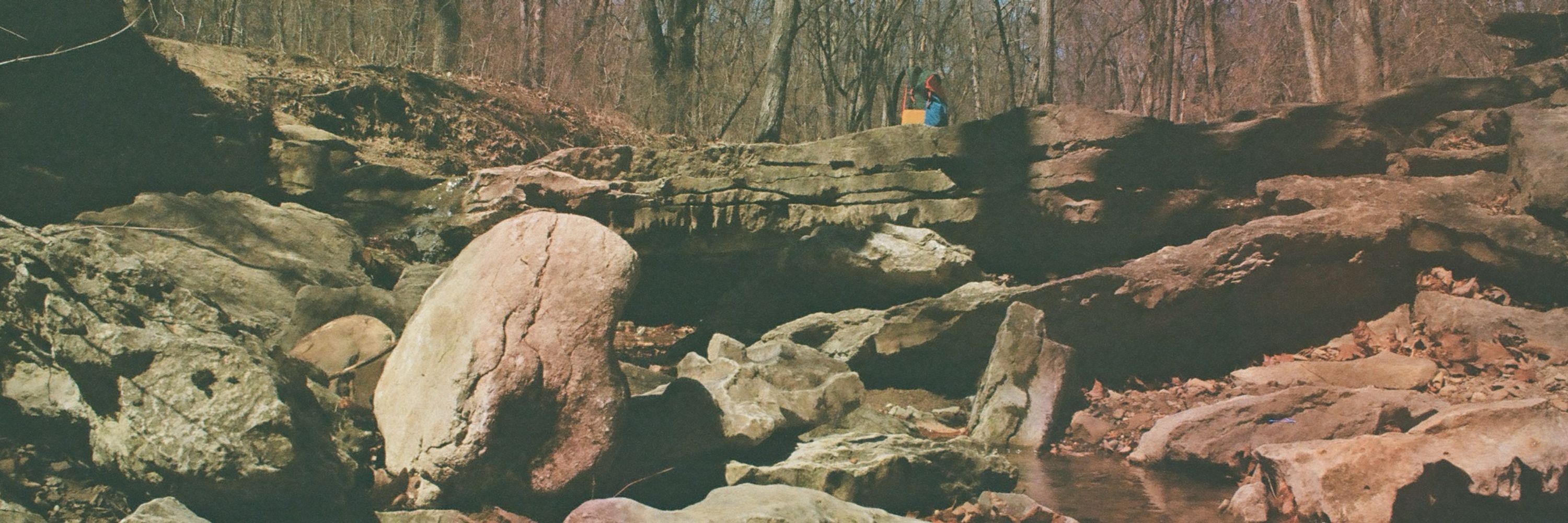
Thomas Schodl (they/he)
Biochemist interested in mitochondria and cell signaling/homeostasis who enjoys going to concerts and taking pictures
Graduate student in the Biochemistry, Biophysics, and Structural Biology student at WashU
@mariabroering.bsky.social
Biochemistry, Biophysics, & Structural Biology PhD student at Washington University in St. Louis
@washubbsb.bsky.social
The home for the Biochemistry, Biophysics, and Structural Biology Ph.D. program at Washington University in St. Louis on Bluesky.
@ericabiven.bsky.social
PhD candidate in Biochemistry, Biophysics, and Structural Biology at WashU
@klaudiofatmiri.bsky.social
@marymunson4.bsky.social
Multidisciplinary research at UMass Chan focused on membrane trafficking. Striving to make academic science a more diverse, equitable, welcoming and inclusive place. President of the American Society for Cell Biology (ASCB). Opinions are mine (she/her)
@kerikozul.bsky.social
Postdoctoral Fellow in the www.niemilab.com at Washington University School of Medicine (St. Louis, MO) | Studying how defective mitochondrial quality control affects disease
@embopress.org
Non-profit publisher of @embojournal.org, @emboreports.org, @embomolmed.org, @molsystbiol.org and @lsajournal.org. #OpenScience #Policy
@gjpattij.bsky.social
metabophile (muh-tab-uh-fil'): a person obsessed with all things metabolism, metabolomics
@fscavone.bsky.social
Biology @Stanford | Kopito lab | ubiquitin & UBLs, UFM1, ribosome, protein quality control, autophagy, endoplasmic reticulum | Foodbank volunteer | 🐘:@scavone@mas.to 📷: Sicilian landscape
@molecmachines.bsky.social
We develop fluorescence imaging approaches to visualise the dynamics of self-assembly processes at the single-molecule level, esp. host-pathogen interactions. UNSW Sydney. Posts by group members. https://www.sms.unsw.edu.au/our-research/molecular-machines
@mito-at-gu.bsky.social
The Human Mitochondrial DNA Replication and Gene Expression Team at the University of Gothenburg http://falkenberglab.org http://gustafssonlab.org
@pnas.org
Explore groundbreaking news and research from PNAS, one of the world's most-cited scientific journals. Discover its sibling journal, @pnasnexus.org, both official journals of the National Academy of Sciences. Visit www.pnas.org for more info.
@natcellbio.nature.com
A journal dedicated to publishing the latest advances across all areas of cell biology. Part of @natureportfolio.nature.com nature.com/ncb/index.html
@science.org
The world's leading outlet for cutting-edge research in all areas of science. https://www.science.org
@ascbiology.bsky.social
Working for a diverse, global and multidisciplinary scientific community focused on the cell, the basic unit of all life.
@mitoscientists.bsky.social
A platform for scientists and physicians to share and discuss important discoveries related to the role of mitochondria in health and to advance mitochondrial science as a cornerstone of improving human health. Please tag us to amplify your contributions.
@hhmi.org
Howard Hughes Medical Institute (HHMI) believes in the power of individuals to advance science through research and science education, making discoveries that benefit humanity.
@natchembio.nature.com
A scientific journal devoted to publishing the most compelling research, opinion and analysis at the intersection of chemistry and biology.
@salkinstitute.bsky.social
Unlocking the secrets of life itself is the driving force behind the Salk Institute. Our team of world-class, award-winning scientists pushes the boundaries of knowledge in areas such as neuroscience, cancer research, aging, immunobiology, plant biology, c
@cellpress.bsky.social
Cell Press partners with scientists across all disciplines to publish and share work that will inspire future directions in research. #ScienceThatInspires
@garcialabms.bsky.social
Professor and Head of @WUSM_BMB. Studying protein PTMs in chromatin biology. #TeamMassSpec cheerleader. Working towards changing academia. Views my own 🇺🇸 🇲🇽
@alexholehouse.bsky.social
Asst. Prof. at WashU School of Medicine; biophysics/biochem/evolution of intrinsically disordered proteins. How does nature encode function without a stable structure? We work in vivo / in vitro / in silico. He/him. https://www.holehouselab.com/
@lianjiejerrywei.bsky.social
PhD candidate in the Niemi Lab at Washington University School of Medicine working to understand protein and organellar quality control Lover of all things outdoors and adventures big and small. Cat dad to Tom and Huck
@laurakiessling.bsky.social
Chemical biologist at MIT, passionate about glycoscience and all chemical biology
@nieminm.bsky.social
Assistant professor @WUSTLmed Biochemistry & Molecular Biophysics. Mitochondria, metabolism, and cell signaling. Mom of 2. Advocate for women in science. www.niemilab.com
@bsky.app
official Bluesky account (check username👆) Bugs, feature requests, feedback: support@bsky.app